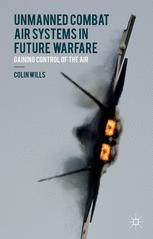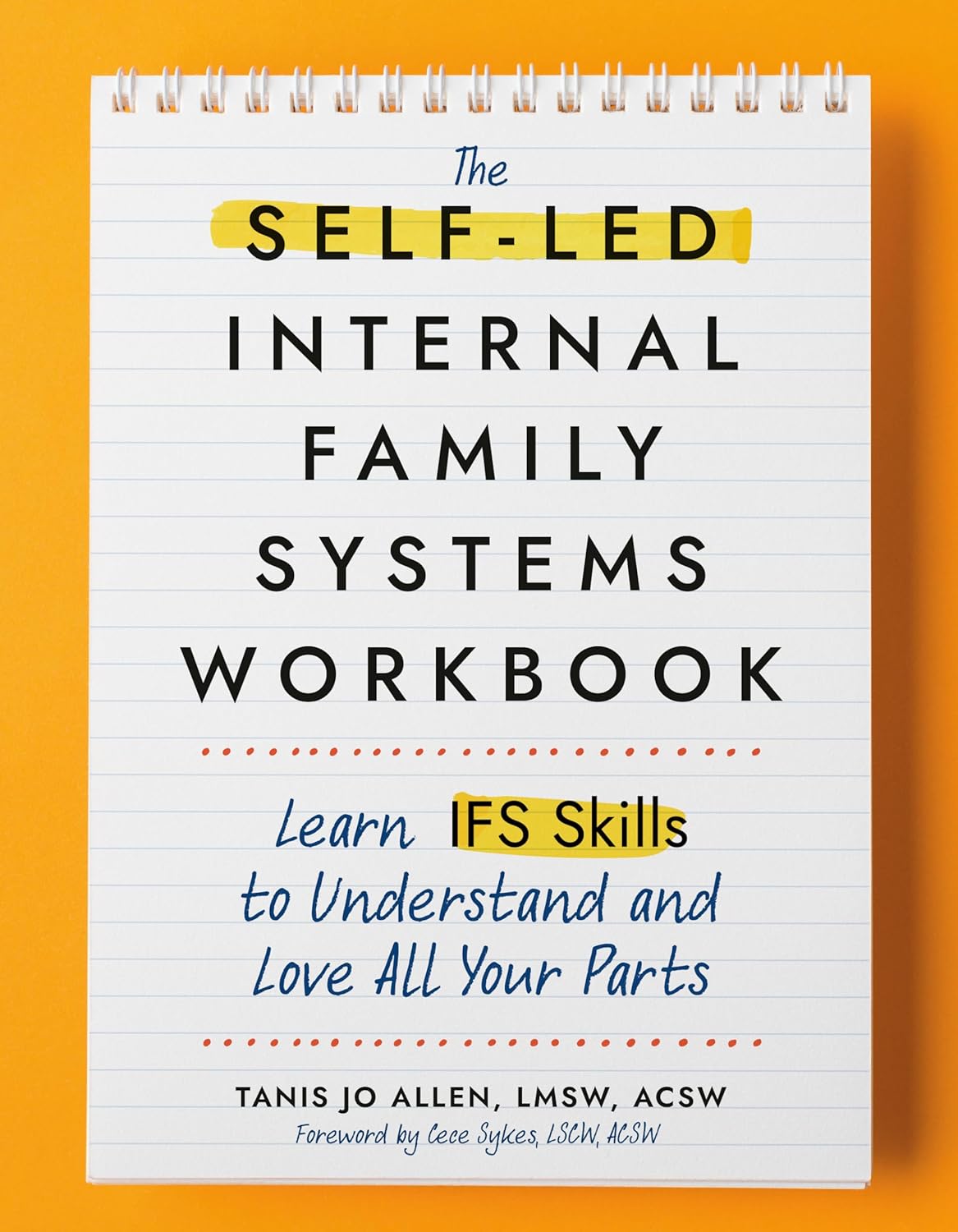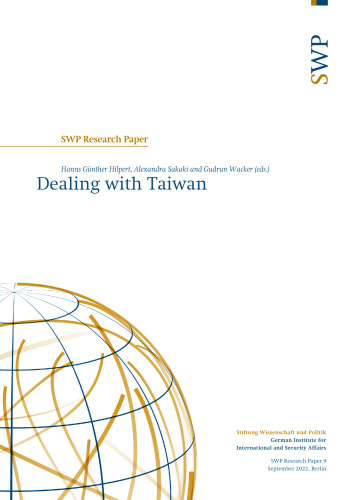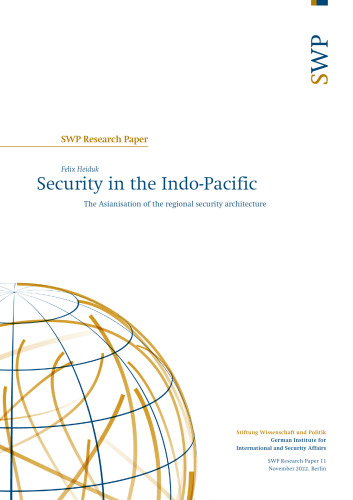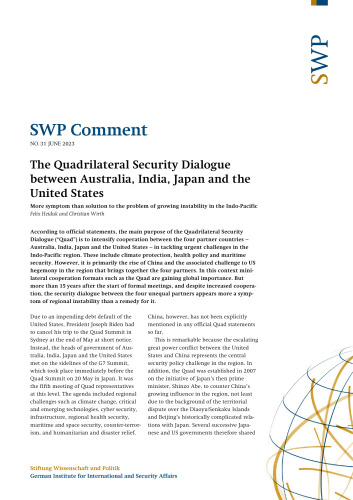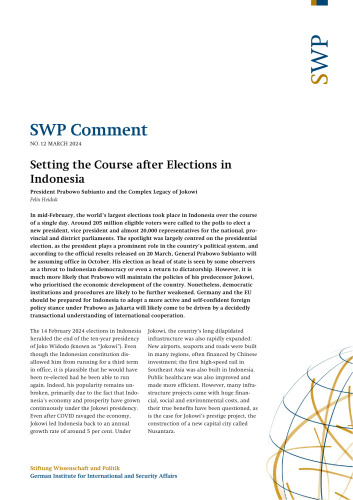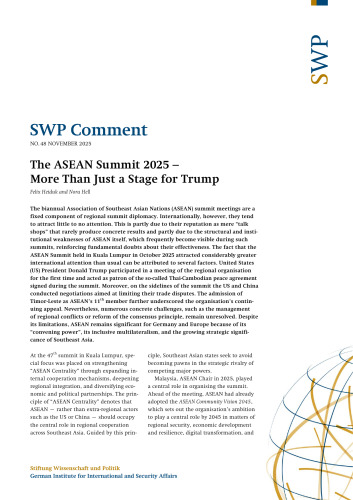The era of manned flight is not yet over, nor is its demise imminent. Unmanned Aircraft Systems (UAS) are, however, currently assuming roles in air power that were previously undertaken by manned aircraft. In future warfare will it be possible for Unmanned Combat Air Systems (UCAS), the next stage in UAS evolution, to undertake the tasks and accept most of the risks that until now have been the lot of military aviators? The aim of this book is to determine where the major threat to a United States-led alliance in 2040 is likely to come from, and whether UCAS will be effective in undertaking all the counter-air missions that are required of a nation’s armed forces in order to gain control of the air. Control of the air is the foundation for all conventional military operations against an adversary with an air defence capability. While there are a number of academic opinions and government ‘roadmaps’ on the use of UCAS in gaining control of the air, these do not scrutinise in detail their full potential.1 The United States acknowledges, through its Department of Defense’s (DoD) Unmanned Aircraft Systems Roadmaps and Flight Plans, that counter-air UCAS are intended to be in service by 2025–2030; however, it does not detail any development programmes.2 The United Kingdom’s Ministry of Defence (MOD), conversely, views that up to 2035, although UCAS, ‘. . . are likely to form part of the future control of the air force-mix . . . a wholly unmanned capability for the air-to-air role is unlikely to be achievable or desirable within the concept timeframe’.3 As far as can be ascertained, this is not based on any incisive analysis.
چکیده فارسی
دوران پروازهای سرنشین دار هنوز به پایان نرسیده است و نه مرگ آن قریب الوقوع است. با این حال، سیستمهای هواپیمای بدون سرنشین (UAS) در حال حاضر نقشهایی را در نیروی هوایی به عهده میگیرند که قبلاً توسط هواپیماهای سرنشین دار انجام میشد. آیا در جنگ های آتی، سیستم های هوایی رزمی بدون سرنشین (UCAS)، مرحله بعدی تکامل پهپاد، می توانند وظایفی را بر عهده بگیرند و بیشتر خطراتی را که تاکنون برای هوانوردان نظامی وجود داشته، بپذیرند؟ هدف این کتاب این است که مشخص کند تهدید اصلی برای اتحاد به رهبری ایالات متحده در سال 2040 از کجا می آید و آیا UCAS در انجام تمام ماموریت های ضد هوایی که برای نیروهای مسلح یک کشور مورد نیاز است موثر خواهد بود یا خیر. به منظور کنترل هوا کنترل هوا پایه و اساس تمامی عملیات نظامی متعارف علیه دشمنی است که قابلیت دفاع هوایی دارد. در حالی که تعدادی از نظرات دانشگاهی و "نقشه راه" دولت در مورد استفاده از UCAS برای به دست آوردن کنترل هوا وجود دارد، اینها به طور دقیق پتانسیل کامل آنها را بررسی نمی کنند. نقشههای راه سیستمهای هواپیما و برنامههای پرواز، که UCAS ضد هوایی قرار است تا سالهای 2025-2030 در خدمت باشد. با این حال، هیچ برنامه توسعه ای را به تفصیل بیان نمی کند. 2 وزارت دفاع بریتانیا (MOD)، برعکس، معتقد است که تا سال 2035، اگرچه UCAS، «. . . احتمالاً بخشی از کنترل آتی ترکیب نیروی هوایی خواهد بود. . . بعید است که یک قابلیت کاملاً بدون سرنشین برای نقش هوا به هوا در چارچوب زمانی مفهومی قابل دستیابی یا مطلوب باشد.
ادامه ...
بستن ...
